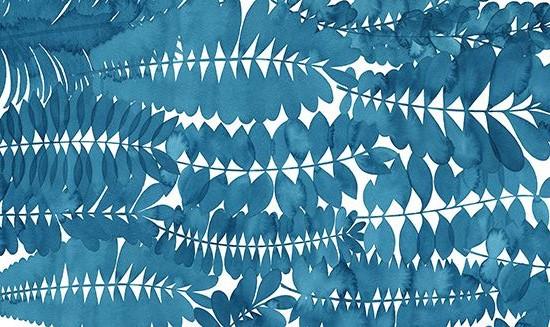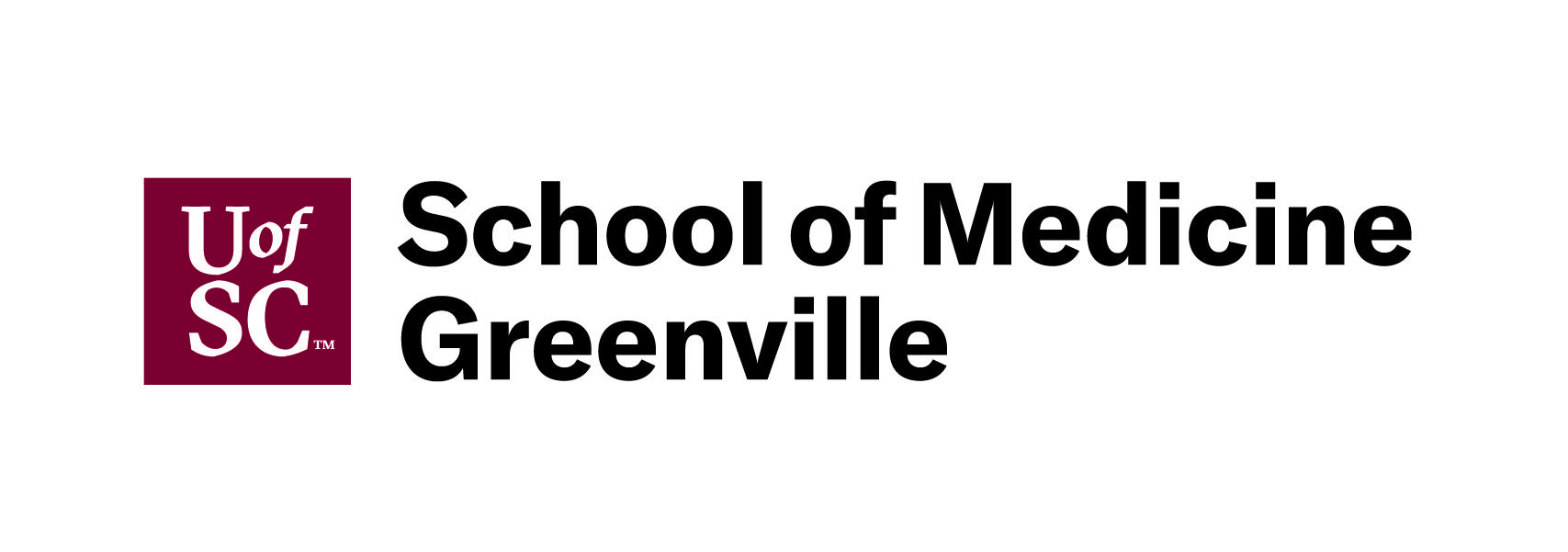
Get the latest articles delivered directly to your inbox!
Our Contributors
Class of 2022
Kyle Duke
Austin Foster
Charlotte Leblang
Ross Lordo
Class of 2021
Dory Askins
Connor Brunson
Keiko Cooley
Mason Jackson
Class of 2020
Megan Angermayer
Carrie Bailes
Leanne Brechtel
Hope Conrad
Alexis del Vecchio
Brantley Dick
Scott Farley
Irina Geiculescu
Alex Hartman
Zegilor Laney
Julia Moss
Josh Schammel
Raychel Simpson
Teodora Stoikov
Anna Tarasidis
Class of 2019
Michael Alexander
Caitlin Li
Ben Snyder
Class of 2018
Alyssa Adkins
Tee Griscom
Stephen Hudson
Eleasa Hulon
Hannah Kline
Andrew Lee
Noah Smith
Crystal Sosa
Jeremiah White
Jessica Williams
Class of 2017
Carly Atwood
Laura Cook
Ben DeMarco
Rachel Nelson
Megan Epperson
Rachel Heidt
Tori Seigler
Class of 2016
Shea Ray
Matt Eisenstat
Eric Fulmer
Geevan George
Maglin Halsey
Jennifer Reinovsky
Kyle Townsend
Join USCSOMG students on their journeys to becoming exceptional physician leaders.

Lessons of Life and Death
To say thank you, is in recognition of humanity. —Toni Mont
I remember distinctly the first time that I saw a human brain. It was the first day of a class entitled “Brain and Behavior” in the second semester of a natural sciences course at NYU. The professor began the class by literally tossing sheep brains around the room—which we would be studying in lab—and then ended by unraveling a real human brain in the front of the lecture hall.
I remember sitting there even as the other students filed out, slightly stunned as I struggled to grasp what I saw before me. It wasn’t that I was nauseated by the sight of the brain, but rather, I was having a hard time comprehending the fact that the organ that facilitated a person’s thoughts, actions, and innermost desires—what made them who they were and allowed them to love—was sitting there, in all its grey and twisted glory, in front of me.
I also remember the first time that I saw a person die. It was not even an hour into my first shift as a volunteer in the Emergency Department of a Level I Trauma Center and I was the only volunteer present. An MEA (Medical Evaluations Assistant) told me that a “900” was coming in and to go into one of the trauma rooms in Zone 1 and prepare myself with the proper protective equipment. The trauma team came in with their trauma backpacks on, residents and medical students included, crowding the room so that one could barely move. Paramedics came rushing into the room with the patient on a backboard, and he was transferred to the stretcher in the room. Nurses and MEAs lined up to continue the chest compressions, which had been started en route to the hospital. I managed to back myself into a corner of the room as this was my first time to experience a situation like this and I did not want to get in the way. Long story short, ten very chaotic minutes went by as I was ushered by an MEA toward the line of people taking turns giving chest compressions. I was the next in line to give chest compressions and standing on the stool over the patient’s body when one of the residents called time of death. The room emptied out as quickly as it had been filled and the ED staff went into the break room to celebrate an employee’s birthday.
I cannot tell you how many times that night, and in the following weeks and months, that I would flashback and see the patient’s body moving as CPR was being performed and imagine the story of how he became injured while he was doing his job (as the paramedics had told it when they arrived in the ED). I wondered about his family and I also wondered how many times it would take for me to see something like this and not be as fazed.
Fast forward to the present and another very memorable medical “first”—my very first patient is the 101-year-old donor whom we have the privilege to become very well acquainted with in our Structure & Function (gross anatomy) lab. Last week, we dissected the heart. We opened up the pericardial sac; made incisions in the aorta, pulmonary trunk, superior and inferior vena cava, and pulmonary veins. Suddenly, we were holding a human heart in our hands.
As a medical student, it is AMAZING to be able to see, in real-life, all of the intimate details of the structures that we are learning in lecture. Our group’s heart, however, was not a normal, healthy heart in that it gave away our donor’s cause of death. And in thinking about the cause of death, I found myself back to the now somewhat familiar place that is filled with a mix of astonishment at the fact that all of these pieces of a body make up a living, breathing, walking, talking and loving individual, and curiosity about the life of this person laying before me who has chosen to donate her body to science.
I had a realization as I held this structure in my hands that had kept a woman alive for 101 years. I forgot to say thank you to those who allowed me, whether or not by choice, to be equally awestruck and saddened by both the capabilities and the limitations of the human body. To the person whose brain was in the front of my classroom during undergrad, to the person who had a terrible accident and lost their life one night during my ED shift, and to my anatomy lab donor who knowingly gave her body to be dissected by clumsy first-year medical students—thank you. You have given me invaluable lessons about both human life and death, and I am eternally grateful.
Transforming Medical School Blog
Copyright 2021 USC School of Medicine Greenville


